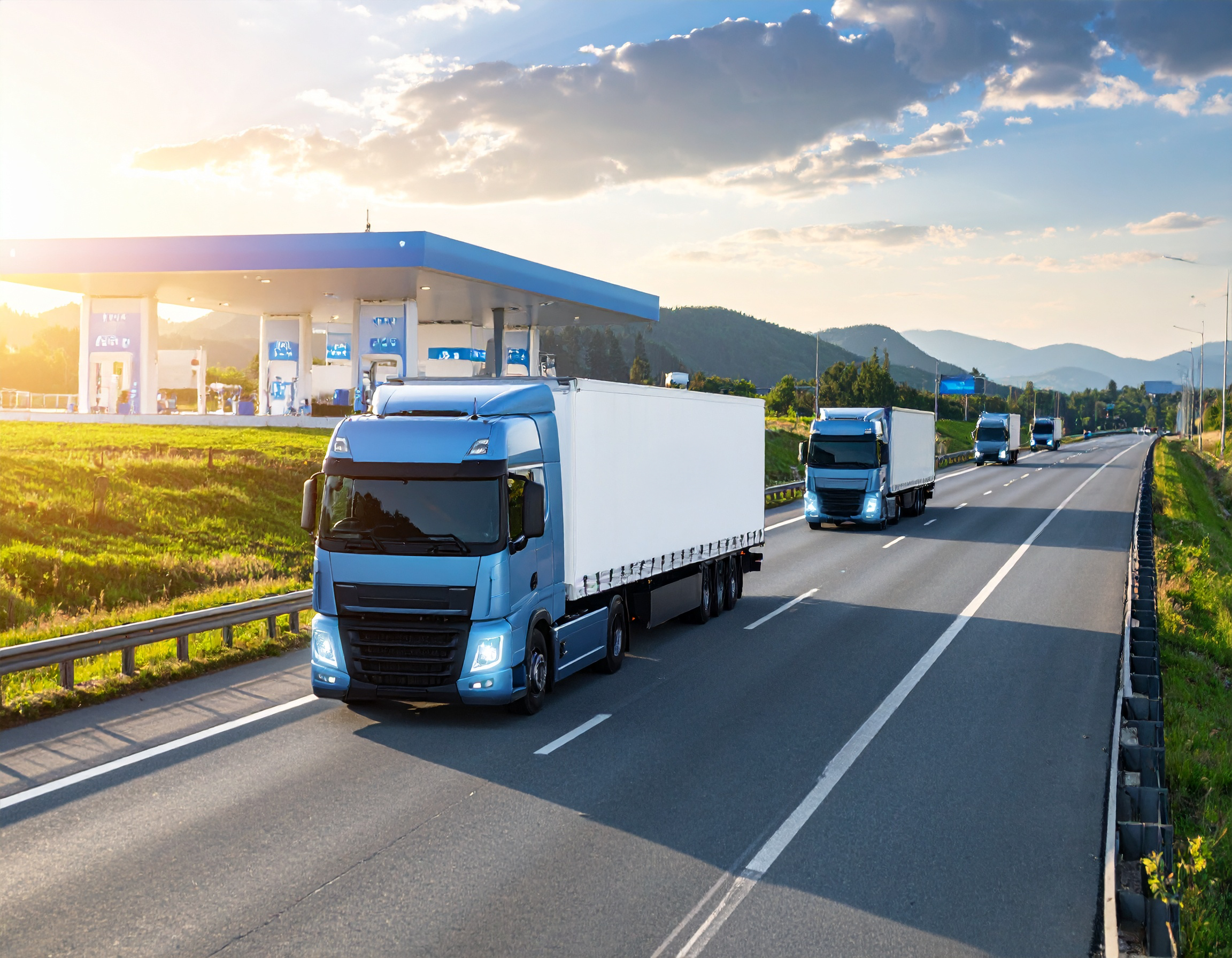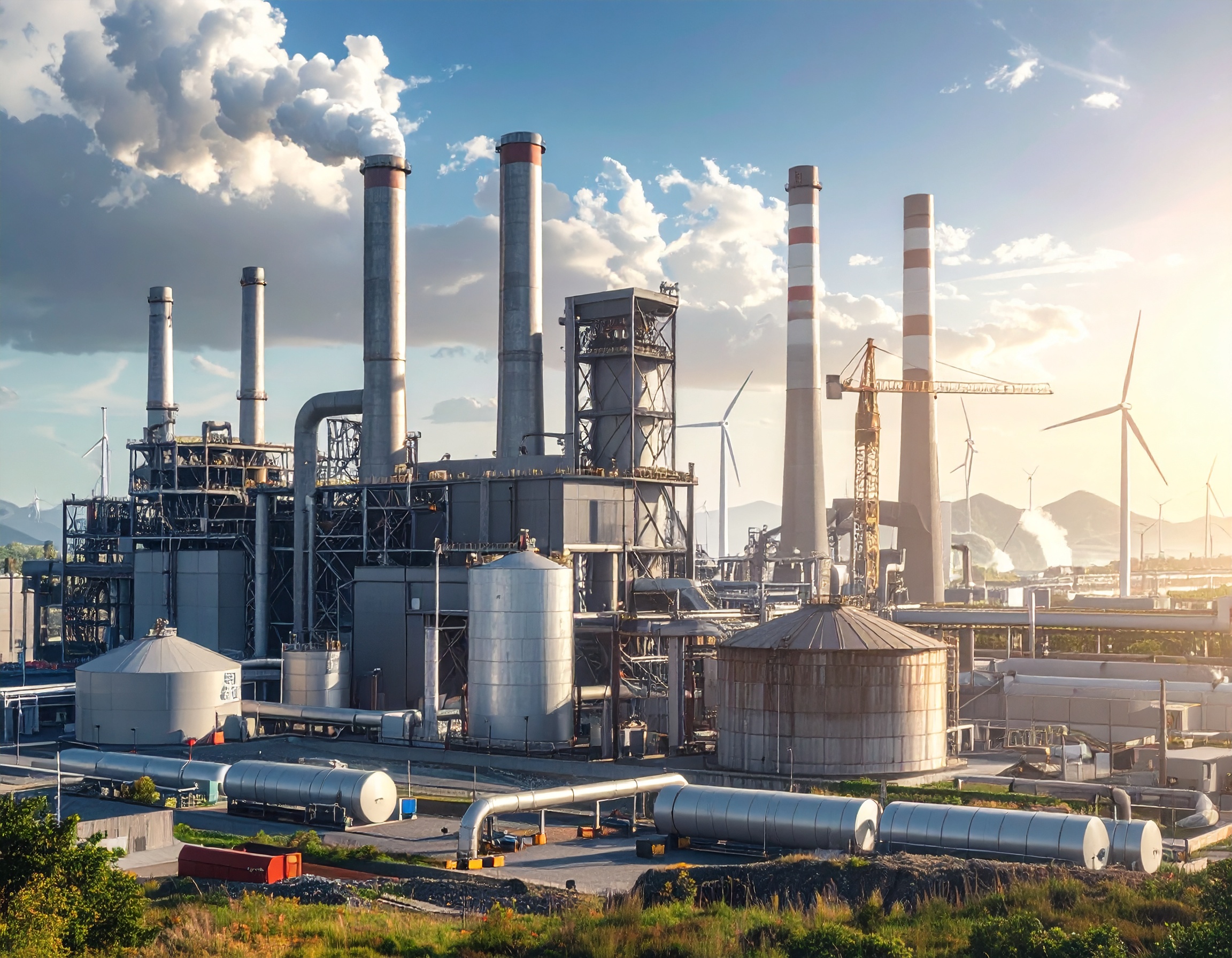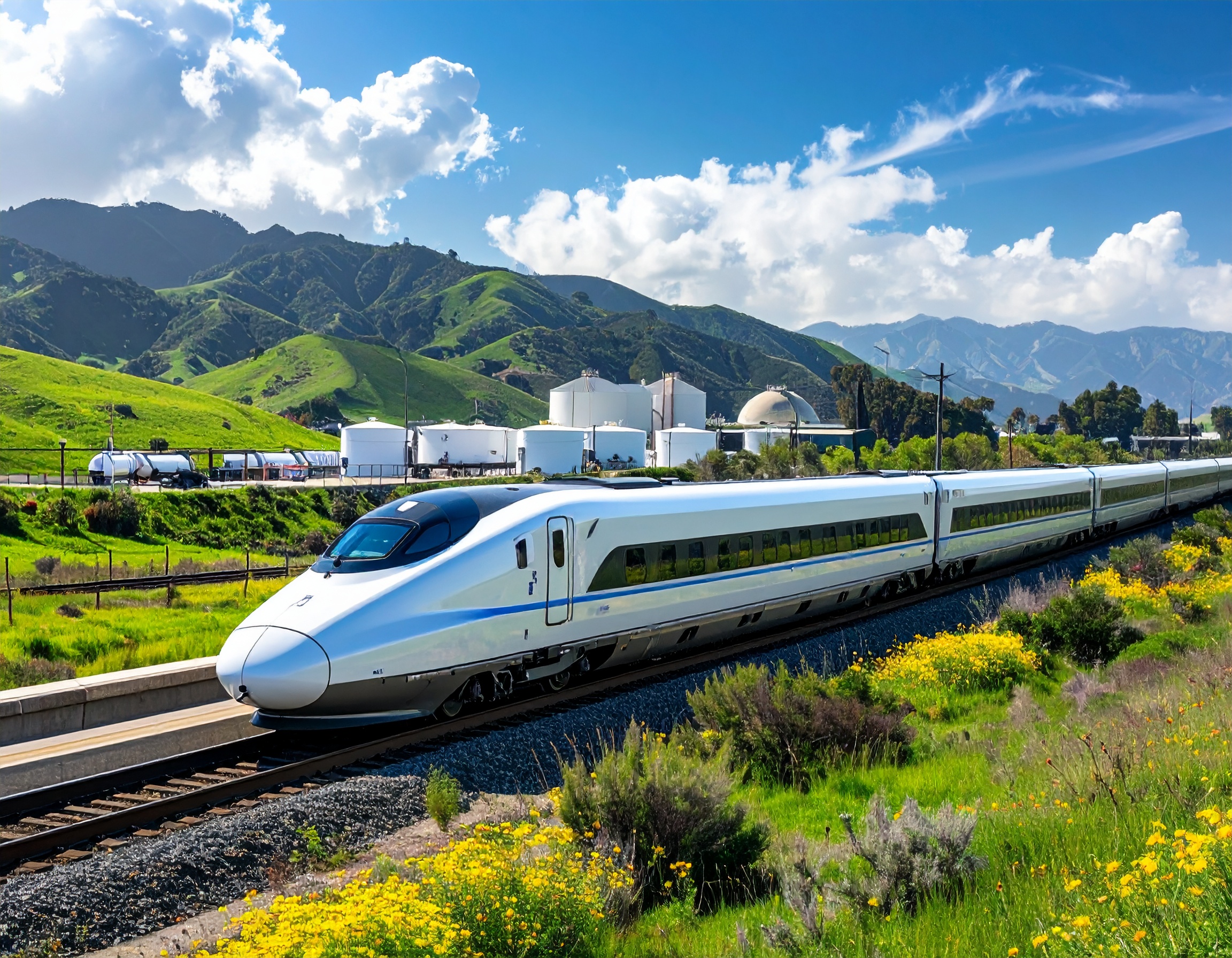Europe Must Build 2,000 Hydrogen Fuel Stations by 2030 to Decarbonize Heavy Transport, Says Daimler Truck CEO

Brussels, Belgium – Daimler Truck CEO Karin Rådström has called for a rapid expansion of Europe’s hydrogen refuelling infrastructure to achieve zero-emission heavy-duty transport by 2030. Speaking after a high-level roundtable with European truck manufacturers, grid operators, and EU policymakers, Rådström emphasized that scaling up hydrogen and electric charging networks is essential for the continent’s green transport goals.
“The industry is fully committed to zero-emission transport,” said Rådström. “But infrastructure and cost parity remain our biggest challenges. Europe needs at least 2,000 hydrogen fuel stations and 35,000 public charging points for trucks by 2030—around 500 new charging locations every month—to make the transition possible.”
The call comes ahead of a Strategic Automotive Dialogue with European Commission President Ursula von der Leyen, where Rådström also urged the EU to simplify regulations that do not directly improve safety or accelerate the transition to clean transport.
Daimler Truck is developing both battery-electric and fuel-cell electric trucks, including the Mercedes-Benz GenH2 long-haul FCEV, scheduled for series production later this decade. These vehicles rely on a reliable hydrogen network, making Europe’s infrastructure build-out a key factor for commercial adoption.
The 2,000-station target aligns with the EU’s Alternative Fuels Infrastructure Regulation (AFIR), which legally mandates hydrogen stations along major transport corridors and urban nodes by 2030. Currently, Germany, France, and the Netherlands have begun rolling out heavy-duty hydrogen stations, with roughly 300 in operation across Europe—still far short of the scale needed.
Rådström concluded: “For hauliers and fleets to embrace fuel-cell trucks, hydrogen refuelling must be available across Europe’s main routes. Coordinated action from industry and policymakers is critical to make Europe a global leader in zero-emission freight.”

